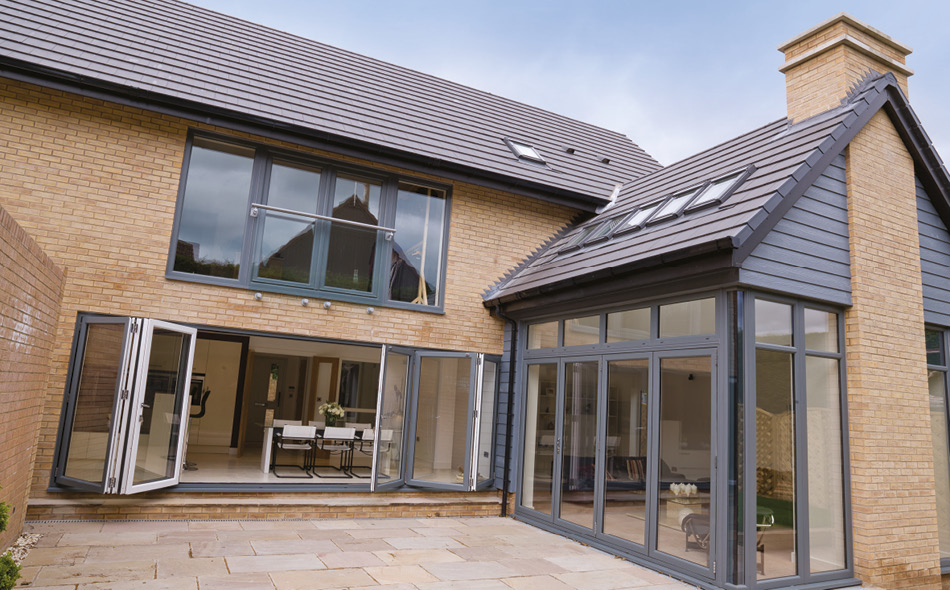In an era where climate change and energy efficiency are at the forefront of architectural innovation, the concept of passive house design stands as a beacon of sustainability. At its core, passive house design aims to create buildings that require minimal energy for heating or cooling, ultimately leading to net-zero energy consumption. Among the many elements that contribute to the success of passive houses, double glazed windows play a pivotal role. Let’s explore how these windows are instrumental in achieving the lofty goal of net-zero energy consumption.
Understanding Passive House Design
Passive house design isn’t just about incorporating solar panels or high-tech gadgets. It’s a holistic approach that prioritises energy efficiency through meticulous planning, insulation, and the strategic use of building materials. The fundamental principles include maximising passive solar gain, minimising thermal bridging, ensuring airtightness, and implementing mechanical ventilation with heat recovery.
The Significance of Double Glazed Windows
One of the cornerstones of passive house design is minimizing heat loss through the building envelope. Windows, being areas prone to significant heat transfer, demand special attention. This is where double glazed windows shine, quite literally.
Enhanced Thermal Insulation: Double glazed windows consist of two panes of glass separated by a space filled with insulating gas. This design significantly reduces heat transfer compared to single glazed windows, providing better insulation and helping to maintain a comfortable indoor temperature.
Mitigating Thermal Bridging: Thermal bridging occurs when there is a direct connection between the interior and exterior of a building through a material with high thermal conductivity. By using double glazed windows with thermally broken frames, passive house designers can minimise thermal bridging, ensuring that heat loss is kept to a minimum.
Optimising Solar Gain: Passive solar gain is the free heat provided by the sun through windows. Double glazed windows allow for ample sunlight to enter the building while retaining heat, especially when low-emissivity coatings are applied to the glass. This means that during colder months, passive houses can harness solar energy to reduce the need for artificial heating.
Maintaining Comfort: Beyond energy efficiency, double glazed windows also contribute to the overall comfort of occupants. They help reduce drafts and cold spots near windows, creating a more pleasant indoor environment year-round.
Achieving Net-Zero Energy Consumption
By incorporating double glazed windows into passive house design, architects and builders can create structures that achieve remarkable energy efficiency. These windows, along with other passive design strategies, allow buildings to significantly reduce their reliance on mechanical heating and cooling systems. As a result, passive houses can achieve net-zero energy consumption, meaning they produce as much energy as they consume over the course of a year.
Conclusion
In the quest for sustainable architecture, passive house design stands out as a beacon of innovation. By integrating double glazed windows into the design process, architects and builders can create buildings that not only minimise their environmental footprint but also provide superior comfort and energy efficiency for occupants. As we look to the future, the role of double glazed windows in passive house design will continue to be instrumental in achieving the ultimate goal of net-zero energy consumption.

